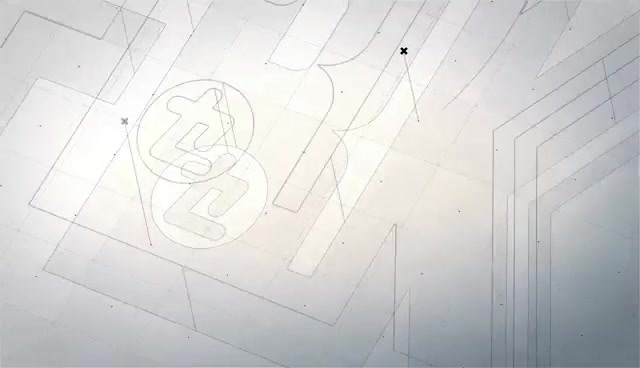Six maintenance points for brake pads
Release Time:
2021-09-15
Brake pads are consumables and will gradually wear out during use. When worn to the limit, they must be replaced, otherwise the braking effect will be reduced, and even safety accidents will be caused.
Brake pads are consumables and will gradually wear out during use. When worn to the limit, they must be replaced, otherwise the braking effect will be reduced, and even safety accidents will be caused.
Brake pads are life-threatening and must be handled with care.
Most cars use the front disc and rear drum brake structure. In general, the front brake shoes wear relatively quickly, and the rear brake pads are used for a relatively long time. In the daily inspection and maintenance, the following points should be paid attention to. aspect:
1. Under normal driving conditions, check the brake shoes every 5,000 kilometers, not only to check the remaining thickness, but also to check the wear state of the brake pads, whether the degree of wear on both sides is the same, whether the return is free, etc., and it is found that it is abnormal The situation must be dealt with immediately.
2. Brake pads are generally composed of two parts: iron lining plate and friction material. Be sure not to wait for the friction material to wear out before replacing the shoe. For example, the front brake shoe of the Jetta has a new thickness of 14 mm, while the maximum thickness of the replacement is 7 mm, including the thickness of the iron lining plate of more than 3 mm and the thickness of the friction material of nearly 4 mm. Some vehicles have a brake shoe alarm function. Once the wear limit is reached, the meter will alarm to prompt to replace the shoe. The brake pads that have reached the limit of use must be replaced. Even if they can be used for a period of time, the braking effect will be reduced and the safety of driving will be affected.
3. When replacing, the brake pads provided by the original spare parts should be replaced. Only in this way can the braking effect between the brake pads and the brake disc be the best and the wear is minimized.
4. When replacing the brake pads, special tools must be used to push the brake cylinder back. Do not use other crowbars to press back hard, which will easily bend the guide screws of the brake caliper and cause the brake pads to be stuck.
5. After replacing the brake pads, be sure to step on the brakes a few times to eliminate the gap between the shoe and the brake disc, causing the first foot to fail to brake, which is prone to accidents.
6. After the brake pads are replaced, they need to be run in for 200 kilometers to achieve a good braking effect. The newly replaced brake pads must be driven carefully.
Related News





